Fashion
Top 10 Best Dressed Politicians In The World
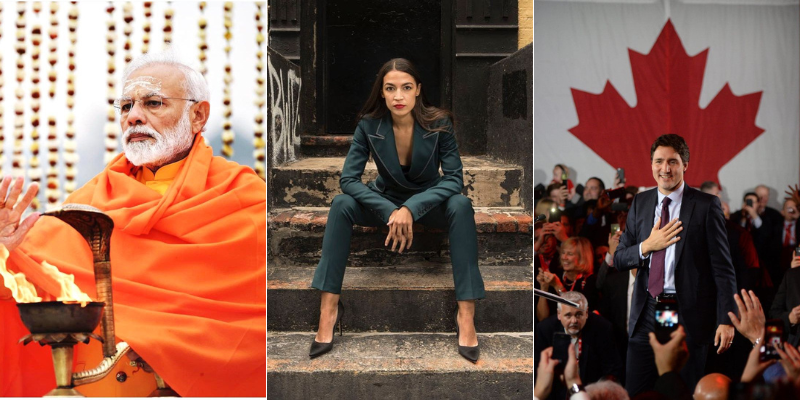
We can all agree on the fact that a person’s appearance really affects the way people perceive them. After all, someone who is immaculately dressed and exudes confidence and charm would be more likely to catch one’s attention. And everyone wants to stand out with their sense of fashion and style, but it is not only limited to models and people in the entertainment industry but nowadays, even well-known politicians want to appear stylish. Thinking about this, some names do come on top of our heads including Justin Trudeau, the prime minister of Canada, Barack Obama, the former president of the United States, and Jacinda Ardern, the prime minister of New Zealand. They always appeared well-dressed and sophisticated on the international stage. Such world leaders inspire respect wherever they go by upholding their nation’s culture and establishing their own particular style, whether it be informal or formal. But who are the most well-dressed politicians? The question might have got you curious. Let’s take a look at some of the politicians who have got us all talking about their fashion sense. These are the top 10 of the most stylish politicians who have appeared at international conferences, events, and casual outings prepared to impress. They have donned stylish clothes including handsome suits, elegant pantsuits, traditional clothing, and more.
Narendra Modi, prime minister of India
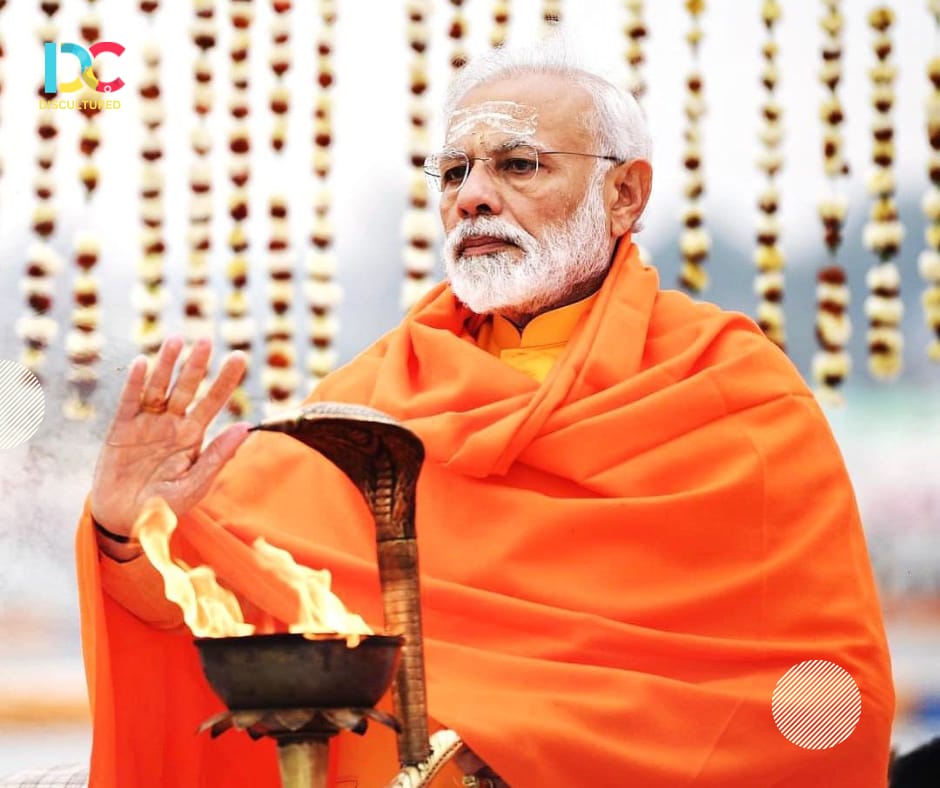
Indian Prime Minister is one of the most stylish world leaders, manages the great responsibility that comes with serving as the head of the biggest democracy in the world with a perfect sense of fashion and colour. He is one of the Best Dressed Politicians in the world.
At events and on trips across the world, Narendra Modi can be seen wearing traditional Indian dress. He typically wears sleeveless jackets or vests, pyjamas, and Indian full-sleeve kurtas to complete his appearance. The Prime Minister’s signature looks are completed with a shawl or long overcoat, depending on the situation.
Barack Obama and Michelle Obama, former US President and First Lady
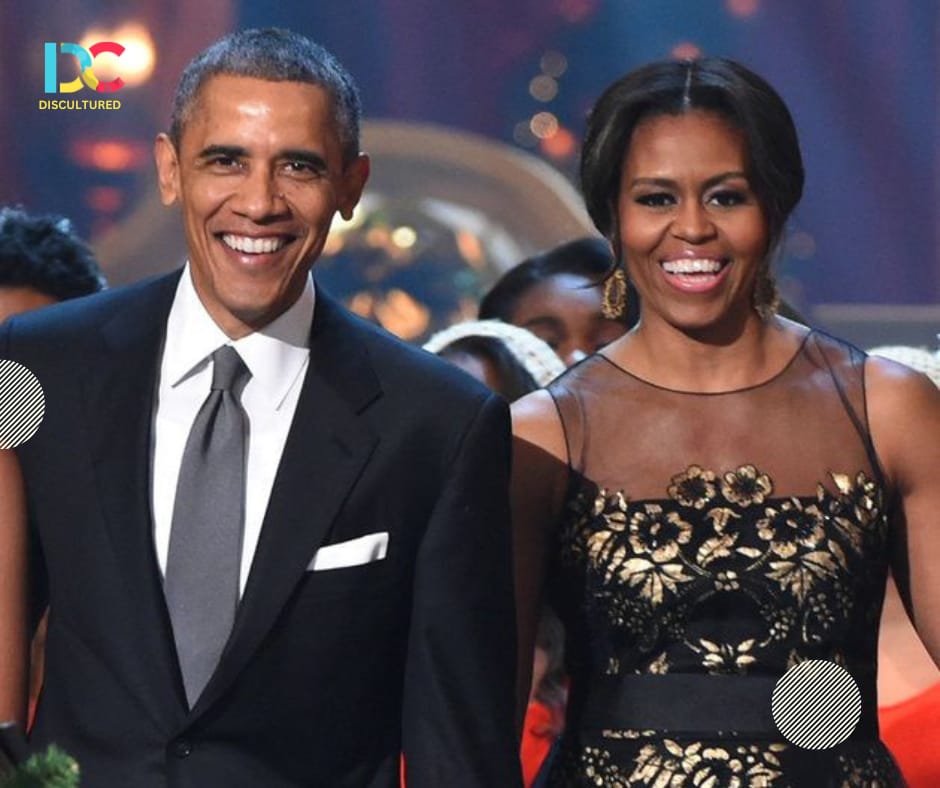
We look up to former US First Lady Michelle Obama when it comes to slaying the fashion game on talk shows or international forums. She can put together an outfit for any occasion with her assortment of well-fitting dresses, casual shirts, and pants.
Barack Obama is frequently spotted in bomber jackets, jeans, and casual shirts for his everyday look, yet he is most frequently seen at work wearing black tailored suits with a simple shirt and a vibrant tie. One of the biggest suit manufacturers in the US, Hart Schaffner Marx, is the source of all of his custom outfits.
Jacinda Ardern, Prime Minister of New Zealand
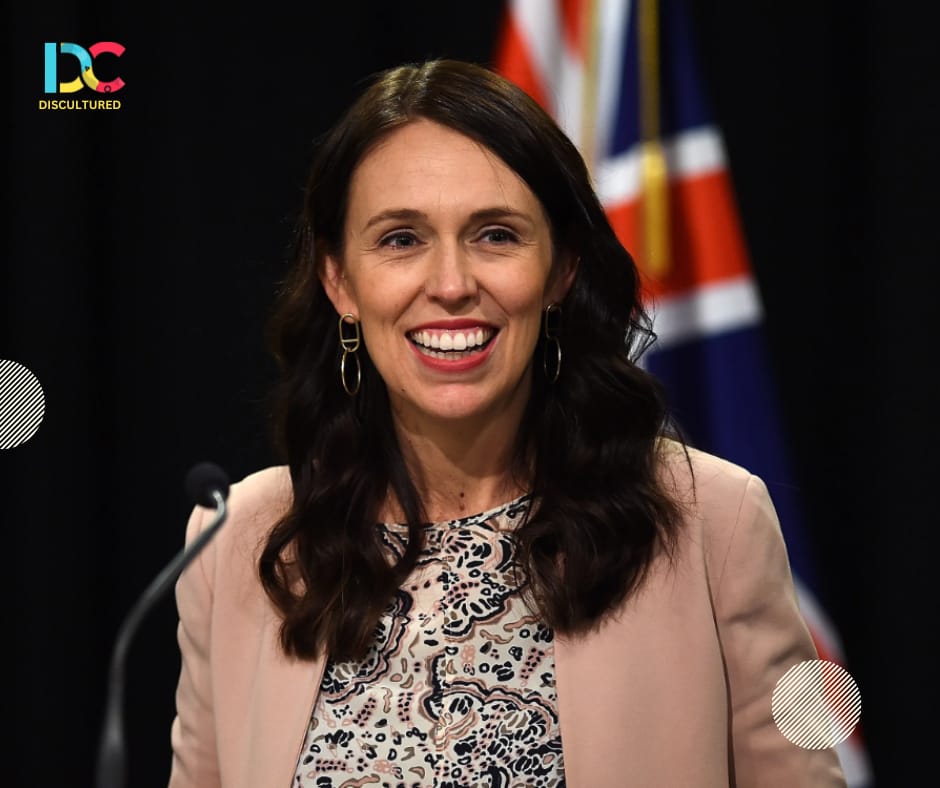
The youngest woman to hold the office of prime minister in New Zealand in the past 150 years, is unquestionably a style icon. She is one of the most stylish leaders and is equally at ease wearing a dress or a formal suit as she is wearing a pair of jeans, a shirt, and a jacket.
One of the best aspects of the New Zealand Prime Minister’s fashion style is her ability to dress for the situation. For instance, she attracted attention when, on April 13, 2022, during the opening of the borders for Australians to enter the country, she wore a green dress with a poppy pinned near the shoulders in keeping with Anzac Day customs.
Justin Trudeau, Prime Minister of Canada
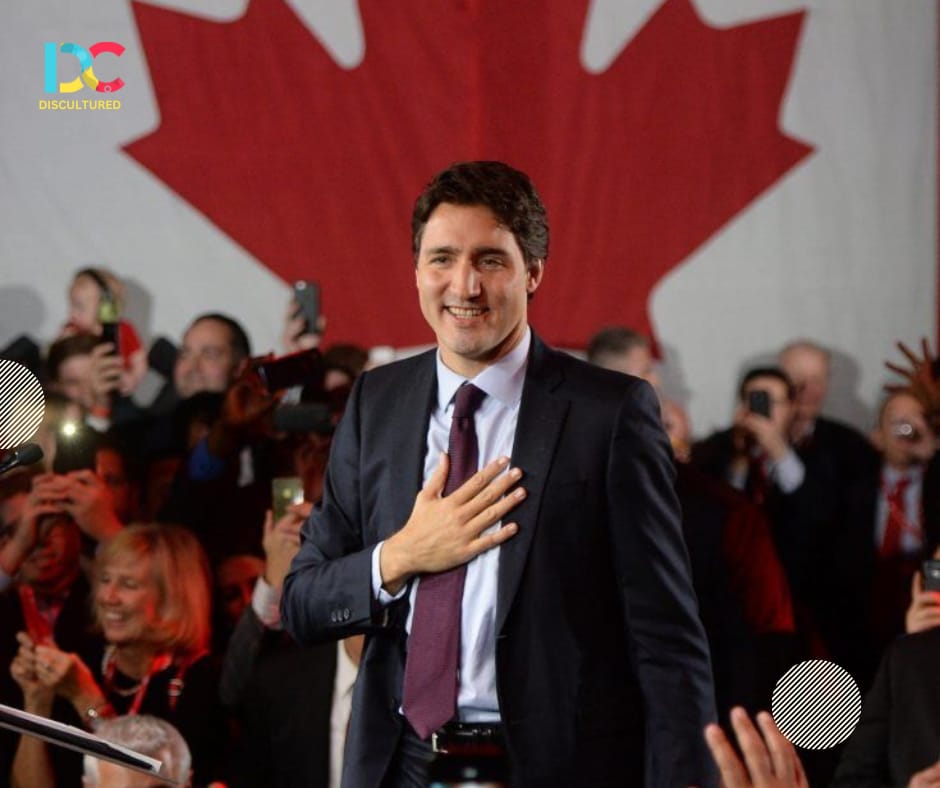
The current prime minister of Canada dresses up a brown suit with a white shirt, a dark tie, and a cool demeanour. Justin Trudeau considers the traditional appearance of a world leader as a well-tailored blue suit worn with a traditional red tie, or a blue fitted jacket worn with a white shirt and cognac shoes.
But who said that wearing fashionable clothing is off limits for politicians? Via casual shirts with rolled-up sleeves and vibrant socks with skull, crossbones, and maple leaf themes, the Canadian Prime Minister understands how to catch eyes and inject some life into regular work attire. There are only a few other politicians who can adeptly pull off a three-piece tuxedo as well as a pair of jeans and shirt with equal ease.
Emmanuel Macron, President of France
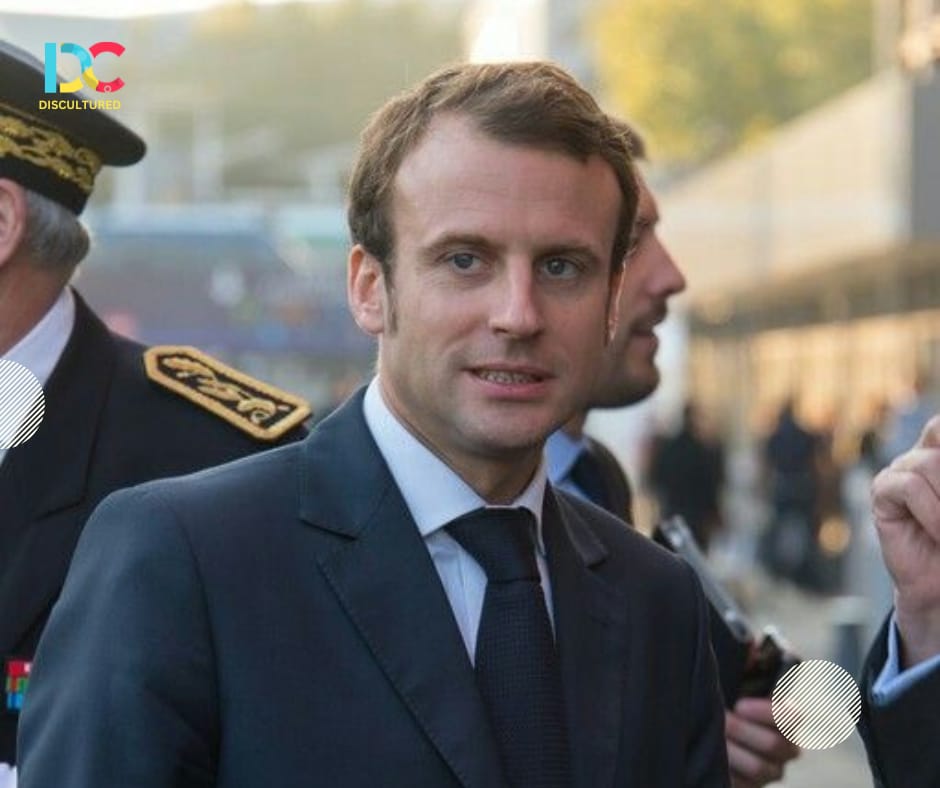
The French President has a clear sense of style and is frequently photographed wearing a sharply tailored navy suit and a subdued solid tie.
Instead of wearing the expensive suits that the former French Prime Minister François Fillon preferred, Macron is said to wear Jonas and Cie clothing, which is supposedly relatively reasonably priced. The founder of the designer company, Jean-Claude Touboul, reportedly told Women’s Wear Daily on July 8, 2020, “There is nothing overly flamboyant about his clothes. In addition, he prefers his ties to be slim but not too slim, and he may adjust the amount of pockets.
Yingluck Shinawatra, Former Prime Minister of Thailand
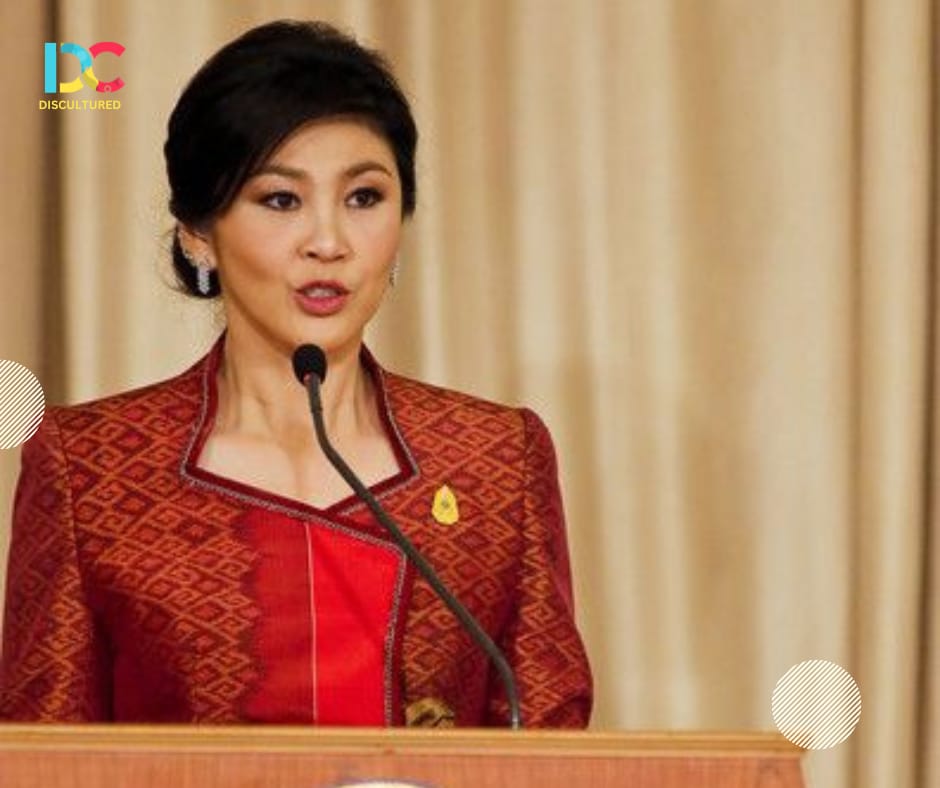
She was a senior executive at SC Assets prior to entering politics, and her attire and fashion choices reflect this background in business.
As the first female prime minister of the nation, Shinawatra’s attire, cosmetics, and accessories have frequently made headlines. Her design sense mixes traditional Thai features to produce chic and contemporary styles, whether it is in the form of business skirts and suits in navy blue and black or more intricate clothing made of Thai silk.
Theresa May, former prime minister of the UK
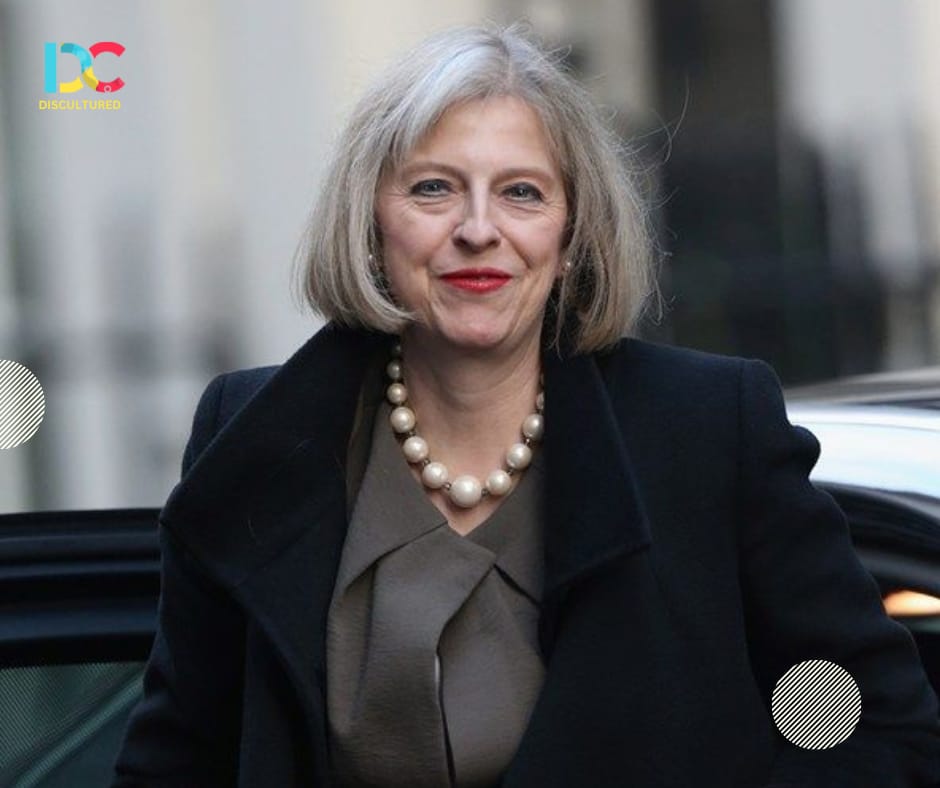
Following Margaret Thatcher, Theresa May served as the UK’s second female prime minister.
Theresa May is regarded as one of the world’s best-dressed presidents and is noted for her elegant formal attire and eclectic accessory choices. She did so when she showed up in textured pantsuits and leopard-print shoes for David Cameron’s final cabinet meeting in July 2016. She carries every outfit with confidence and elegance, from glitzy bright dresses to fitted jackets.
Enrique Peña Nieto, former president of Mexico
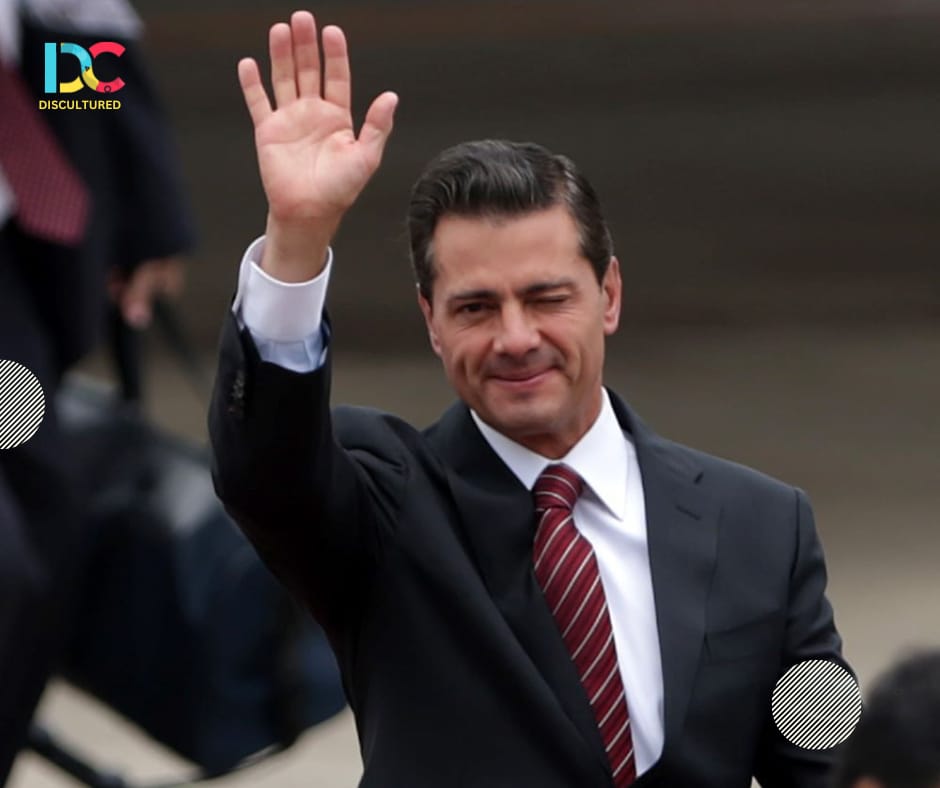
The former president is renowned for his lavish, sartorial selections that are both fashionable and refined.Enrique Pea Nieto is a model of effortless class despite wearing a suit to work.
After all, wearing pinstripes and a striped tie isn’t for everyone. Nieto has his own personal style ethos, just like his wife and former First Lady of Mexico, Angélica Rivera. He is one of the Best Dressed Politicians because to his signature red tie and tailored suits, which give him an enigmatic and refined figure.
Alexandria Ocasio-Cortez, US representative for New York
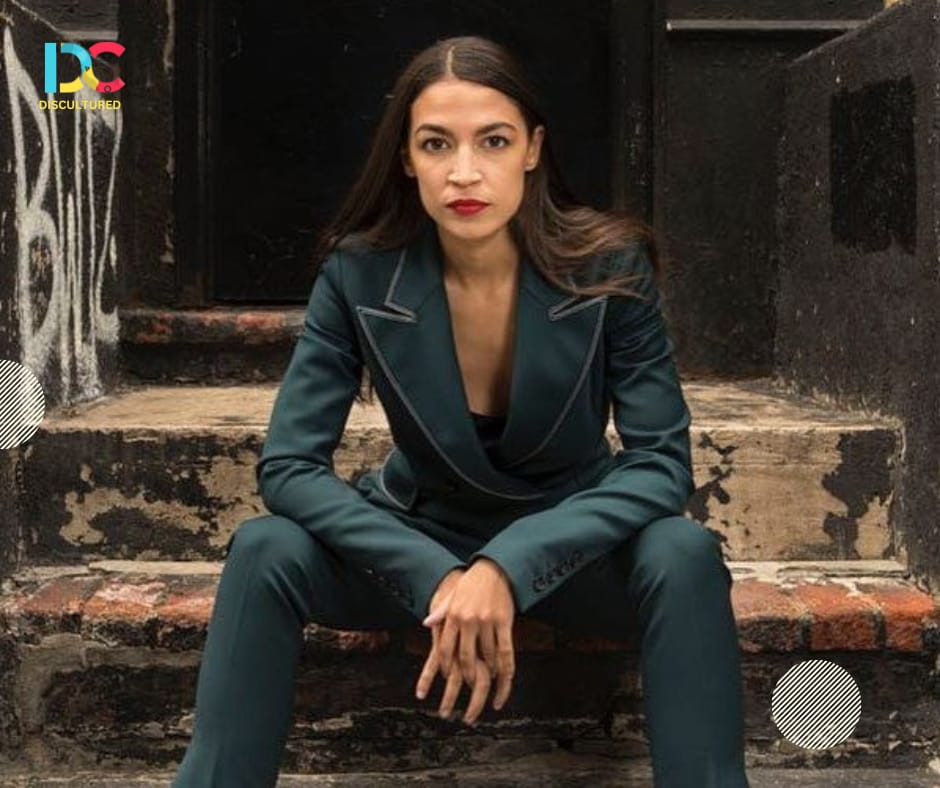
At the 2021 Met Gala, Alexandra Ocasio-Cortez garnered media attention for donning a “protest outfit.” ‘Tax The Wealthy’ was written on the outfit, which was created by Aurora James. Alexandra Ocasio-Cortez was elevated to the top of the world of fashion, even though it drew criticism for being “hypocritical and tone-deaf” from political and fashion analysts, according to a September 2021 The Guardian report.
She is one of the Best Dressed Politicians in the world because to her sleek middle-parted hair, golden hoop earrings, and fitting tailored clothing. She has a sizable wardrobe full of heels, coats, crisp suits, and midi dresses. The politician is a sight to behold in any outfit, whether it’s blue, all-white, or even bright pink.
Laura Chinchilla, former president of Costa Rica

Laura Chinchilla, the first female president of Costa Rica and former president, is renowned as one of the world’s Best Dressed Politicians for her daring wardrobe decisions and eye-catching outfits. She always wears the finest elegance.
Laura Chinchilla donned an all-white outfit, consisting of a skirt and a suit jacket, for her inauguration into the position of President in May 2010. Paired with a built-in white cummerbund.
The first female president of a country in Latin America is typically dressed in formal attire and defines her appearance with minimal makeup, perfectly styled short hair, and small earrings.
Also Read – Black Panther: Wakanda Forever movie quotes to keep you inspired.
Follow Us – Dis_cultured
Business
France’s Reckoning With Ultra-Fast Fashion: Why Shein Is at the Center of a Larger Conversation?
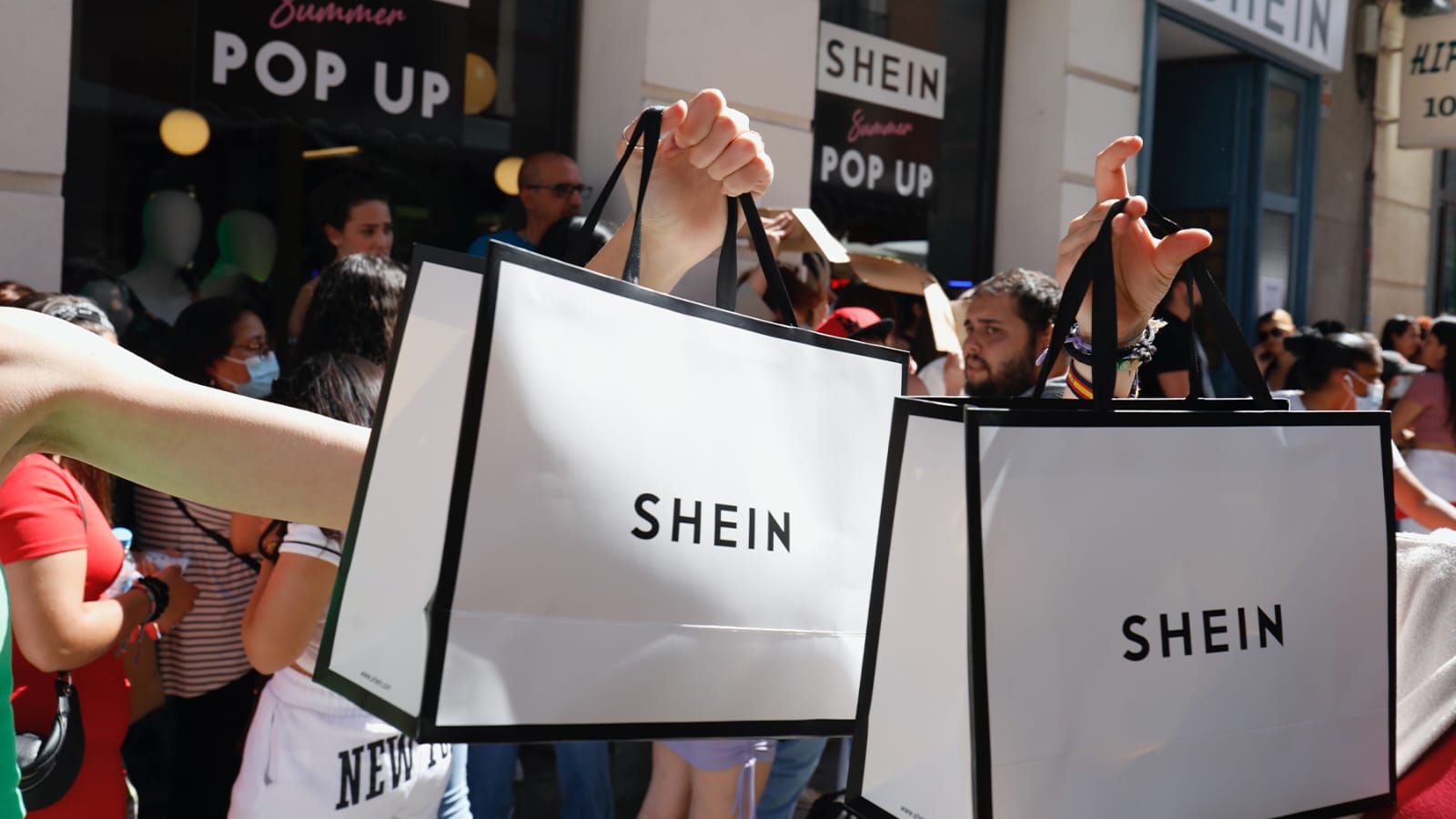
There appears to be a quiet yet undeniable shift underway in how nations are beginning to reckon with the fashion industry, particularly the segment that thrives on speed, relentless volume, and the seductive promise of impossibly low prices. In 2025, France has emerged as one of the first major economies to confront this hyper-accelerated model head-on, not merely by issuing fines or launching investigations, but by challenging the very system that enables it. At the center of this reckoning stands Shein, the Chinese retail juggernaut that has become synonymous with algorithm-driven production. Yet, what makes this moment in France especially significant is not only the legal action being taken against a single company, it is the broader cultural and ethical inquiry being posed. With growing urgency, the country seems to be asking whether we can continue to dress ourselves at this breakneck pace, cloaked in convenience and novelty, without confronting the environmental, human, and psychological costs that are too often obscured by polished interfaces.
€40 Million Fine for Misleading Practices
In July 2025, France’s Directorate General for Competition, Consumer Affairs and Fraud Control (DGCCRF), the country’s principal consumer protection authority, levied a €40 million fine against Shein, marking one of the most high-profile regulatory actions yet against a fast fashion giant. The fine followed an extensive investigation conducted between October 2022 and August 2023, which uncovered a pattern of misleading business practices at the centre of Shein’s digital storefront. More than half of the discounts promoted on its website were found to be deceptive, offering no tangible benefit to the consumer, while others relied on inflated original prices to manufacture the illusion of savings. Even more concerning to regulators were the company’s sustainability claims: bold assurances of a 25% reduction in greenhouse gas emissions and microfiber pollution were, as the DGCCRF concluded, entirely unsubstantiated and unsupported by verifiable data. Though Shein, through its European subsidiary Infinite Style Ecommerce Co Ltd (ISEL), accepted the penalty and claimed to have implemented corrective measures by May 2023, the underlying message from French authorities rang louder than any corporate statement.
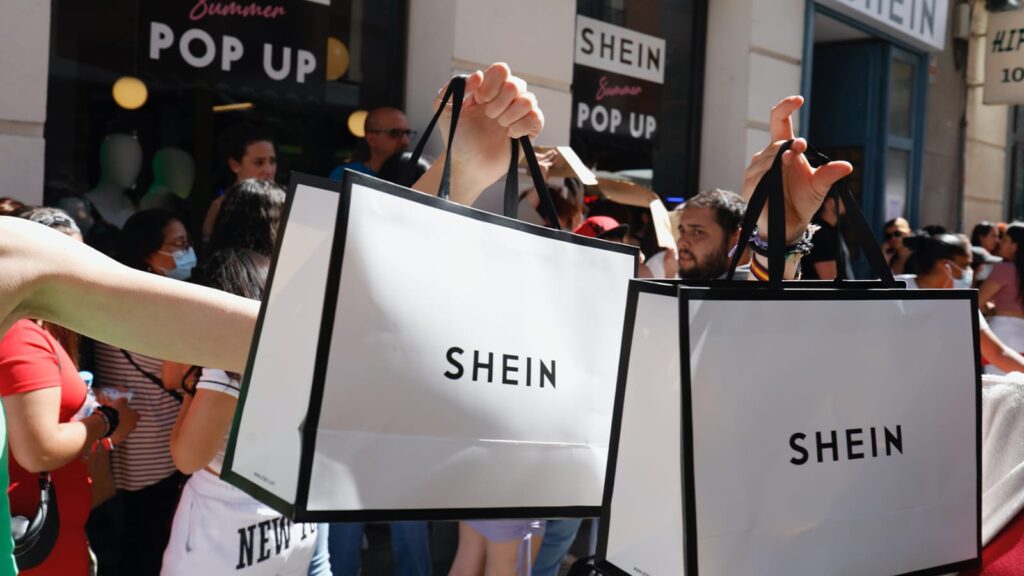
Proposed Legislation Signals a Larger Shift
While the €40 million fine made headlines, it represents just one facet of the mounting scrutiny Shein now faces in France. In June 2025, the French Senate took a more structural approach by passing a groundbreaking bill that, if enacted, could fundamentally alter the way ultra-fast fashion brands operate within the country. At the centre of this proposed legislation is an eco-contribution tax. The bill also lays out stringent new requirements for sustainability reporting, alongside tough advertising regulations that aim to limit visibility for brands that fail to meet clear environmental standards. One of the most notable implications of the legislation lies in its potential to curtail influencer-led marketing strategies, a pillar of customer acquisition for companies like Shein that rely heavily on social media virality and affiliate promotions. Although advocacy groups have raised concerns about a perceived disparity in how European retailers, including Zara and H&M, are being treated under the same regulatory lens, the passage of this bill signals something deeper. It reflects a growing legislative will to confront not just the ecological toll of ultra-fast fashion, but also its broader cultural, ethical, and economic footprint, raising the question of whether the era of unchecked consumerism is nearing its limits.
The Environmental Impact Can’t Be Ignored
One of the driving forces behind the intensified scrutiny Shein now faces lies in the sheer scale of its environmental impact, an impact that reflects not only the brand’s rapid growth but also the systemic problems embedded within the ultra-fast fashion model. The fashion industry as a whole is already responsible for an estimated 10 percent of global carbon emissions, and Shein’s contribution to that figure is anything but marginal. In parallel, French authorities have flagged more than 700 Shein products for failing to adequately disclose environmental risks, particularly those related to microfiber pollution which is an increasingly urgent concern as microplastics continue to infiltrate aquatic ecosystems and public water systems. Beyond environmental violations, the company also remains entangled in serious allegations of labor abuses, including reported connections to forced labor in China’s Xinjiang region, which have only amplified the demand for a more enforceable supply chain transparency. Taken together, these issues have not only galvanized French regulators but are also prompting broader conversations across the European Union about whether the time has come to rein in the unchecked dominance of platforms that have long operated at the intersection of convenience, opacity, and cost-cutting excess.
EU Expands Regulatory Focus on Digital Fashion Platforms
The regulatory pressure mounting against Shein is no longer confined to France alone. The company is now being closely scrutinized at the European level, where its practices are being examined under the framework of the European Union’s Digital Services Act (DSA). In July, French Trade Minister Véronique Louwagie confirmed that formal investigations had been initiated to determine whether Shein is deploying so-called “dark patterns”. These tactics, while not always illegal, are increasingly seen as ethically questionable, especially when used at the scale and speed that Shein commands. The European Commission has already expressed concern over misleading pricing strategies and a general lack of transparency in the platform’s operations, signaling that the company may soon face regulatory consequences that extend well beyond French jurisdiction. What initially began as a case rooted in consumer rights has turned into a far-reaching conversation about digital ethics, platform accountability, and the environmental consequences of unchecked e-commerce, placing Shein at the center of a growing movement to hold digital-first fashion retailers to a higher standard of responsibility.
The Reaction: Divided but Loud
The public reaction to France’s regulatory moves against Shein has been swift, impassioned, and divided, reflecting the complexity of the issues at hand. Many people have welcomed the measures as a long-overdue reckoning for a fashion industry that has long operated in the shadows of overproduction, exploitative labor practices, and environmentally damaging shortcuts. For these voices, the crackdown represents a necessary step toward holding global retailers accountable for the true cost of low-cost fashion. Yet, not everyone sees it that way. Critics of the legislation have expressed concern that such regulations could disproportionately affect low-income consumers, many of whom turn to platforms like Shein for affordable access to clothing and personal expression. Through this lens, Shein can attempt to shift the conversation toward themes of economic inclusion and consumer freedom, portraying itself as a platform that democratizes fashion rather than undermines it. At its core, the debate is about far more than a single company. It is a larger tug-of-war between the urgent need for accountability and the equally pressing question of affordability.
Why This Matters
France’s actions in 2025 are not merely a response to the conduct of a single company but represent a deeper interrogation of the values, compromises, and contradictions that lie at the heart of the global fashion industry. When a country with as much cultural and political influence as France begins to layer financial penalties, proposed eco-taxes, advertising restrictions, and cross-border regulatory cooperation into a cohesive strategy, it signals more than just regulatory intent. It marks the beginning of a broader shift in how we understand fashion’s role in society. The question now is whether brands like Shein will evolve in response to this changing situation or attempt to maintain their dominance through speed, affordability, and mass appeal alone. Just as importantly, it remains to be seen how consumers will react when asked to look beyond the immediate gratification of the checkout page and confront the realities of where, how, and at what cost their garments are made. France may not bring the era of ultra-fast fashion to a halt overnight. But it may well be laying the groundwork for something more enduring.
Also Read: Your Wardrobe Might Be Reflecting a Recession
Follow us for more : Dis_cultured
Entertainment
Weekly Pop Culture Recap: Beyoncé Wears Custom Manish Malhotra at Cowboy Carter Tour Stop in Paris, Prada SS26 Criticized for Uncredited Use of Kolhapuri-Inspired Sandals

It’s been an interesting week across pop culture and fashion, full of moments that made us pause, think and take note. Catch up on everything that mattered, all in one place.
Beyoncé Wears Custom Manish Malhotra at Cowboy Carter Tour in Paris

Beyoncé delivered a sartorial statement during the Paris leg of her Cowboy Carter Tour 2025, commanding the stage at Stade de France in a custom creation by Indian couturier Manish Malhotra. The look not only complemented her performance but also marked a milestone moment for Indian design on an international platform.
The ensemble was an interplay of glamour and Western-inspired edge. A sleek black bodysuit, encrusted with crystals, was paired with thigh-high embellished boots and structured metallic detailing at the waist bringing together precision craftsmanship with bold stage presence.
Prada Spring/Summer 2026 Faces Backlash for Uncredited Use of Indian Kolhapuri Chappals

Prada’s Spring/Summer 2026 Menswear Show, held on June 22 at Fondazione Prada’s Deposito in Milan, is under fire. While the collection, designed by Miuccia Prada and Raf Simons, featured a range of soft, youthful silhouettes and minimalist set design, it was the footwear that grabbed attention online, especially from Indian audiences.
The flat, tan leather sandals with toe loops bore a striking resemblance to Kolhapuri chappals which is a traditional Indian footwear handcrafted in Kolhapur, Maharashtra. These chappals, protected under India’s Geographical Indication (GI) tag since 2019, are not just functional items but cultural artifacts passed down through generations.
Despite the obvious inspiration, neither the show notes nor the invitations made any reference to India or the artisans behind the original design. The omission has led to criticism, with many accusing the luxury fashion house of cultural appropriation. People are pointing out how global fashion brands often borrow from South Asian aesthetics without acknowledging the communities they come from.
While some Indian users expressed pride at seeing a homegrown design on a global runway, the larger conversation centered on the industry’s persistent blind spot when it comes to giving credit where it’s due. This oversight feels tone-deaf and all too familiar.
All Seven BTS Members Complete Military Service, Fans Eager for What’s Next
BTS is once again dominating conversations worldwide, and this time it’s for a long-awaited reason. All seven members—RM, Jin, Suga, J-Hope, Jimin, V, and Jungkook—have officially completed their mandatory military service in South Korea. With Suga, the final member, discharged on June 21, 2025, after serving as a social service agent, the group’s chapter of enlistment has come to a close. Naturally, anticipation is at an all-time high as fans eagerly await what’s next for the global superstars.
Stray Kids’ Seungmin Joins Burberry as New Brand Ambassador

British luxury label Burberry has officially announced Seungmin of Stray Kids as its newest brand ambassador. In a statement released on June 17, the fashion house praised Seungmin’s individuality and creative spirit, noting that his bold presence in both music and fashion aligns seamlessly with Burberry’s vision.
Creative director Daniel Lee welcomed him to the brand, saying, “We’re excited to have Seungmin join the Burberry family. His distinct style and energy bring a fresh perspective to our ongoing journey.” Reflecting on the partnership, Seungmin shared, “Becoming a Burberry ambassador is truly an honor. The brand’s heritage and identity inspire me, and I’m looking forward to what we’ll create together.”
Also Read: Sabrina Carpenter’s Man’s Best Friend and the Politics of Pop Imagery
Follow us for more : Dis_cultured
Events
The Biggest Moments for Indian Cinema at Cannes 2025 That Had Everyone Talking

The Cannes Film Festival has always been a celebration of global cinema, glamour, and groundbreaking storytelling and this year was no different. Cannes 2025 stood out for its powerful mix of legacy and new voices, and Indian cinema found itself right at the heart of it all. Here’s a look at all the incredible moments that made this year’s festival really unforgettable for Indian cinema and had everyone talking.
Neeraj Ghaywan’s Homebound Earns Global Applause and a Nine-Minute Ovation

When Neeraj Ghaywan’s film Homebound was screened in the Un Certain Regard section at the festival, it received a powerful nine-minute standing ovation, becoming a proud and emotional moment for Indian cinema. Starring Ishaan Khatter, Janhvi Kapoor, and Vishal Jethwa, the film tells a touching story of friendship, dignity, and pain, set in the heart of rural North India. Legendary filmmaker Martin Scorsese, who supported the film as executive producer, praised it as an important work that adds great value to Indian cinema. Director Neeraj Ghaywan was clearly emotional, moved by the strong and warm response from the audience.
Restored Classic Aranyer Din Ratri Celebrated Satyajit Ray’s Timeless Legacy

The Cannes Classics section took audiences on a nostalgic journey with the screening of Satyajit Ray’s Aranyer Din Ratri (1970), now beautifully restored. The film received a warm standing ovation, with legendary actors Sharmila Tagore and Simi Garewal present at the screening. The restoration was made possible by The Film Foundation’s World Cinema Project, with support from the Golden Globe Foundation. Filmmaker Wes Anderson, a longtime admirer of Ray’s work, introduced the film and described it as a timeless exploration of self-discovery and the desire to escape city life. The screening served as a heartfelt tribute to Ray’s enduring legacy in world cinema.
Payal Kapadia Joined the Competition Jury

After gaining attention last year with her Palme d’Or-winning film, Payal Kapadia returned to Cannes in a new role as a member of the main competition jury. Her selection was an important moment for Indian representation at one of the world’s most respected film festivals.
The jury was led by French actress Juliette Binoche and included members like Halle Berry, Leila Slimani, Carlos Reygadas, Alba Rohrwacher, Jeremy Strong, Dieudo Hamadi, and Hong Sangsoo. Payal Kapadia’s participation added to India’s growing presence in international cinema.
Guneet Monga Launches New Scholarship to Support Women Filmmakers

Award-winning producer Guneet Monga introduced a new initiative at Cannes through Women in Film India (WIF India), the Indian branch of the global Women in Film network.
The recently launched Cannes Producers’ Scholarship by Marché du Film is designed to connect mid-career female producers with international business leaders. To support the cause of increasing visibility, mentorship, and opportunities for Indian women in the film industry, producers Rucha Pathak, Rabia Chopra, Tillotama Shome, and Dimpy Agrawal joined Monga during the announcement.
Also Read: Dupatta Labeled as European Aesthetic is a Case of Cultural Erasure
Follow us for more : Dis_cultured
-
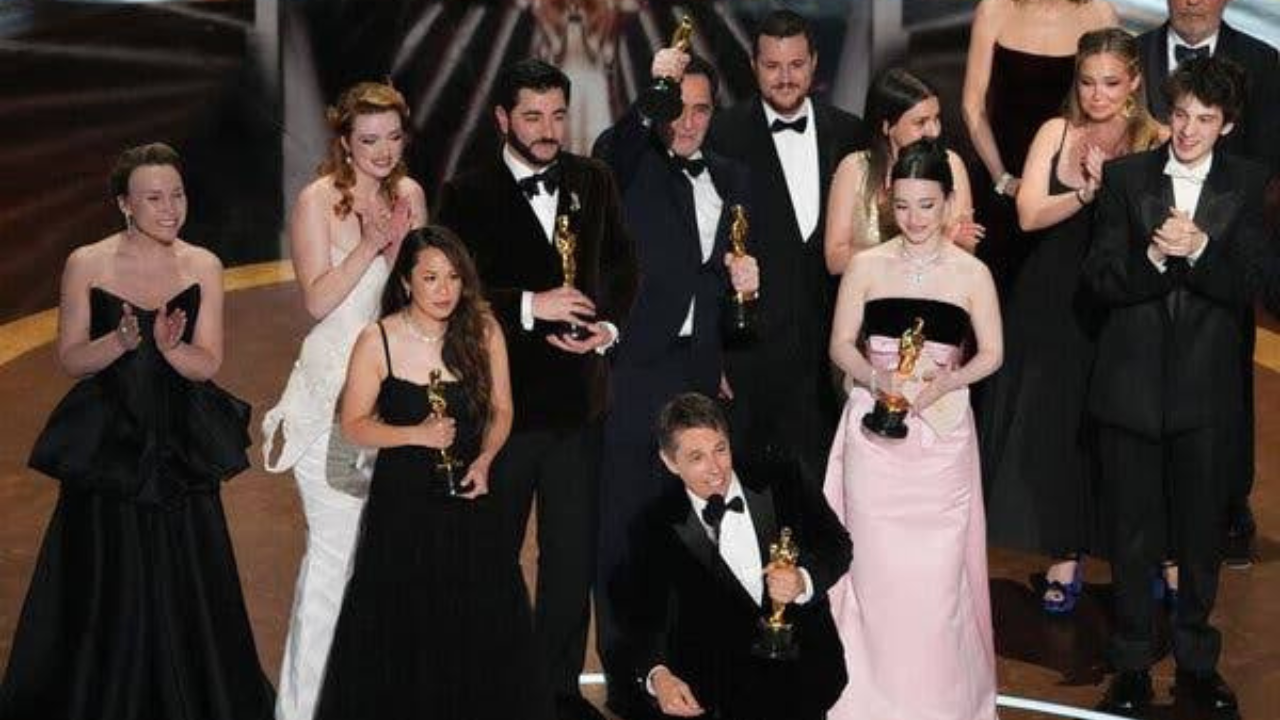
 Events10 months ago
Events10 months agoThe Most Memorable Highlights from the 2025 Academy Awards
-
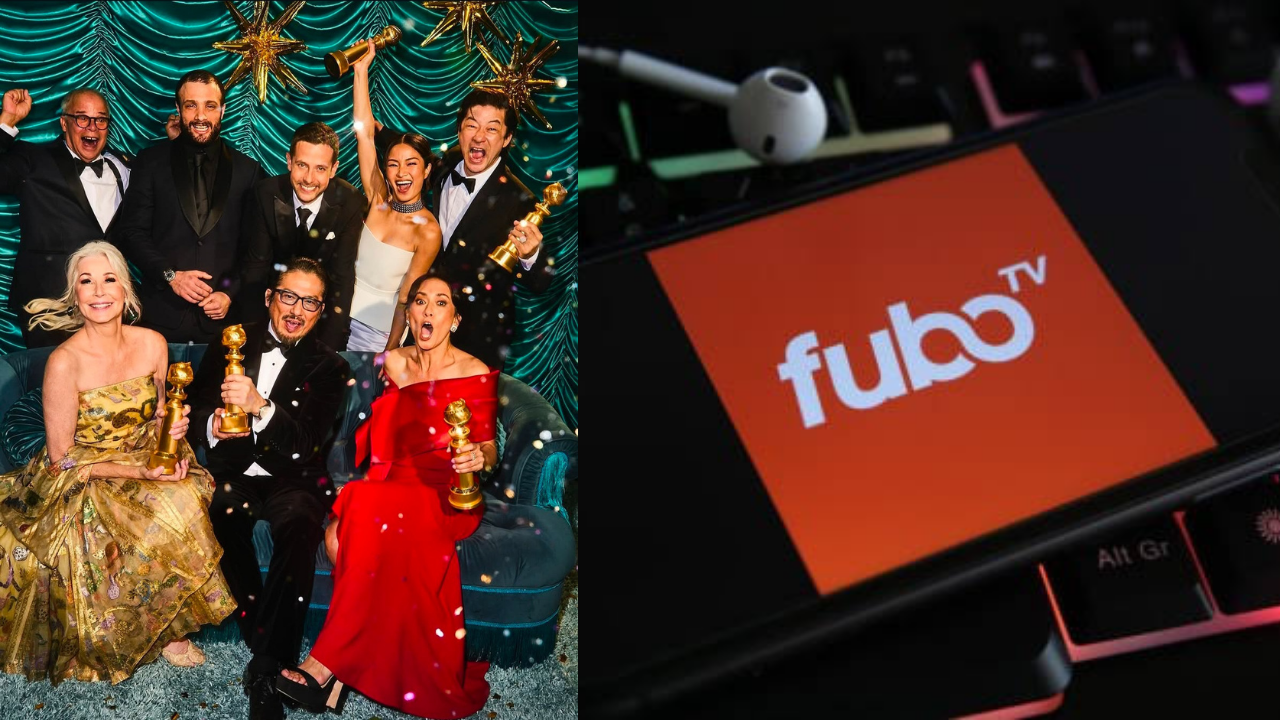
 Events12 months ago
Events12 months agoWeekly Pop Culture Recap: Talkworthy Highlights from the 82nd Golden Globes Awards, Disney’s Merger with FuboTV and Much More
-

 Fashion8 months ago
Fashion8 months agoYour Wardrobe Might Be Reflecting a Recession
-

 Social12 months ago
Social12 months agoMeta Phases Out Fact-Checking and Adopts a Community-Driven Approach similar to X
-

 Events8 months ago
Events8 months agoWhat Indian Celebrities Wore to the Met Gala 2025
-
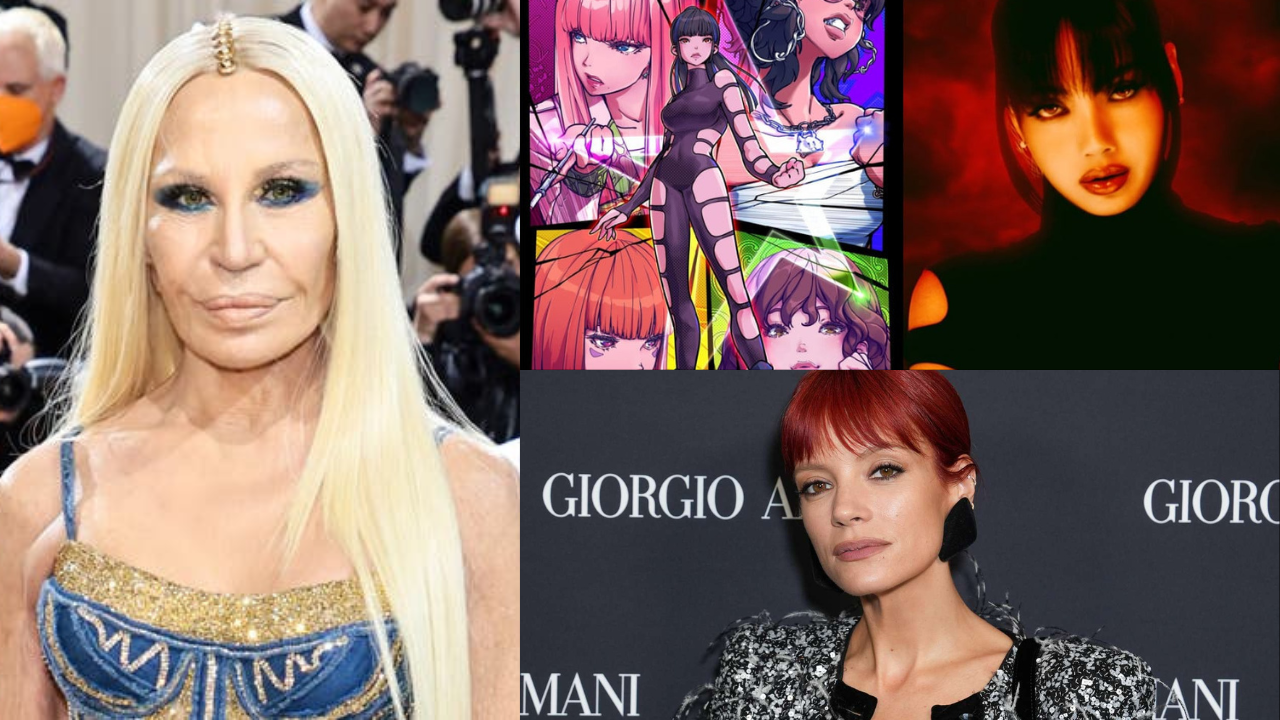
 Fashion10 months ago
Fashion10 months agoWeekly Pop Culture Recap: Donatella Versace has resigned as Versace’s Chief Creative Officer, BLACKPINK’s Lisa is branching out with her graphic novel, ALTER-EGO.
-

 Events8 months ago
Events8 months agoThe Biggest Moments for Indian Cinema at Cannes 2025 That Had Everyone Talking
-

 Fashion8 months ago
Fashion8 months agoDupatta Labeled as European Aesthetic is a Case of Cultural Erasure

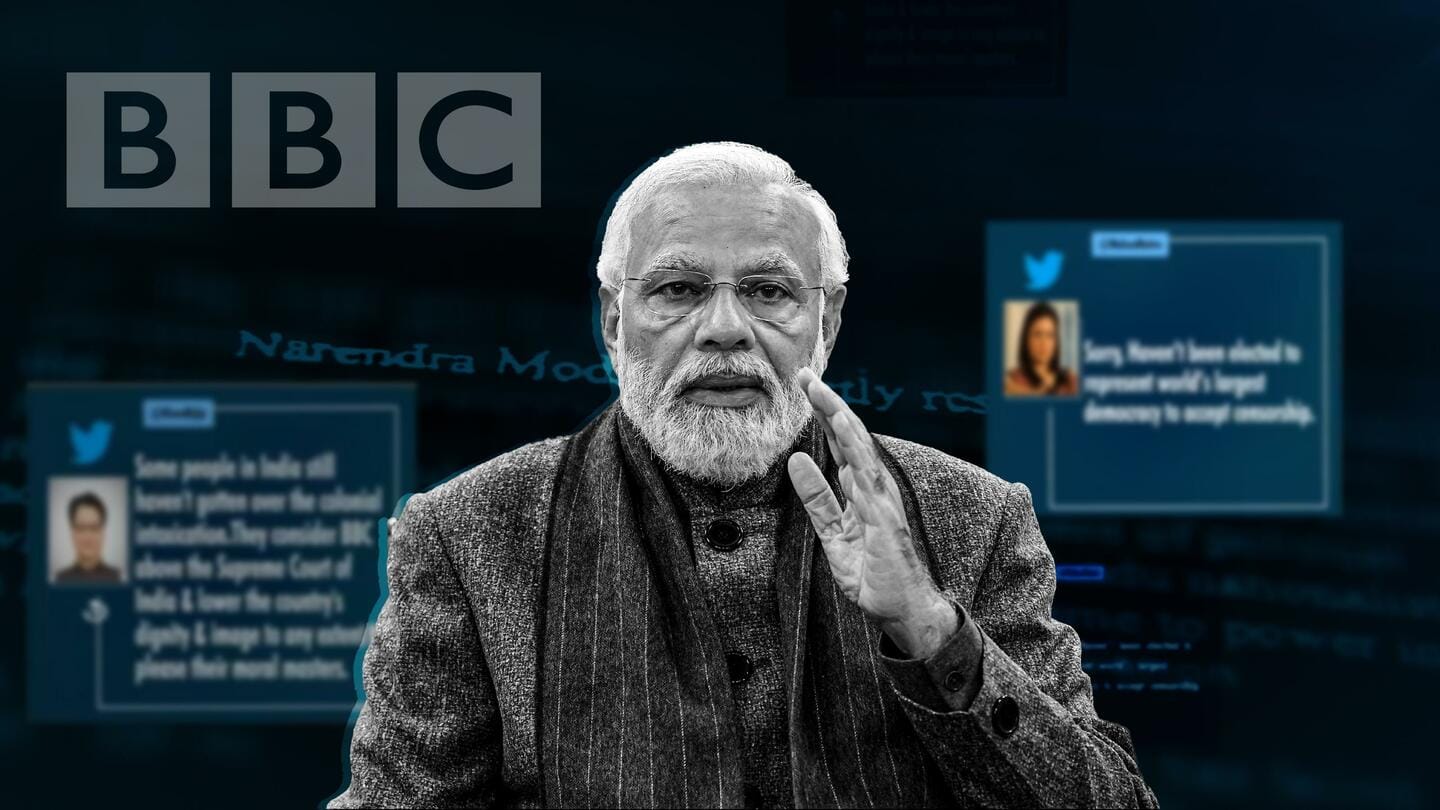







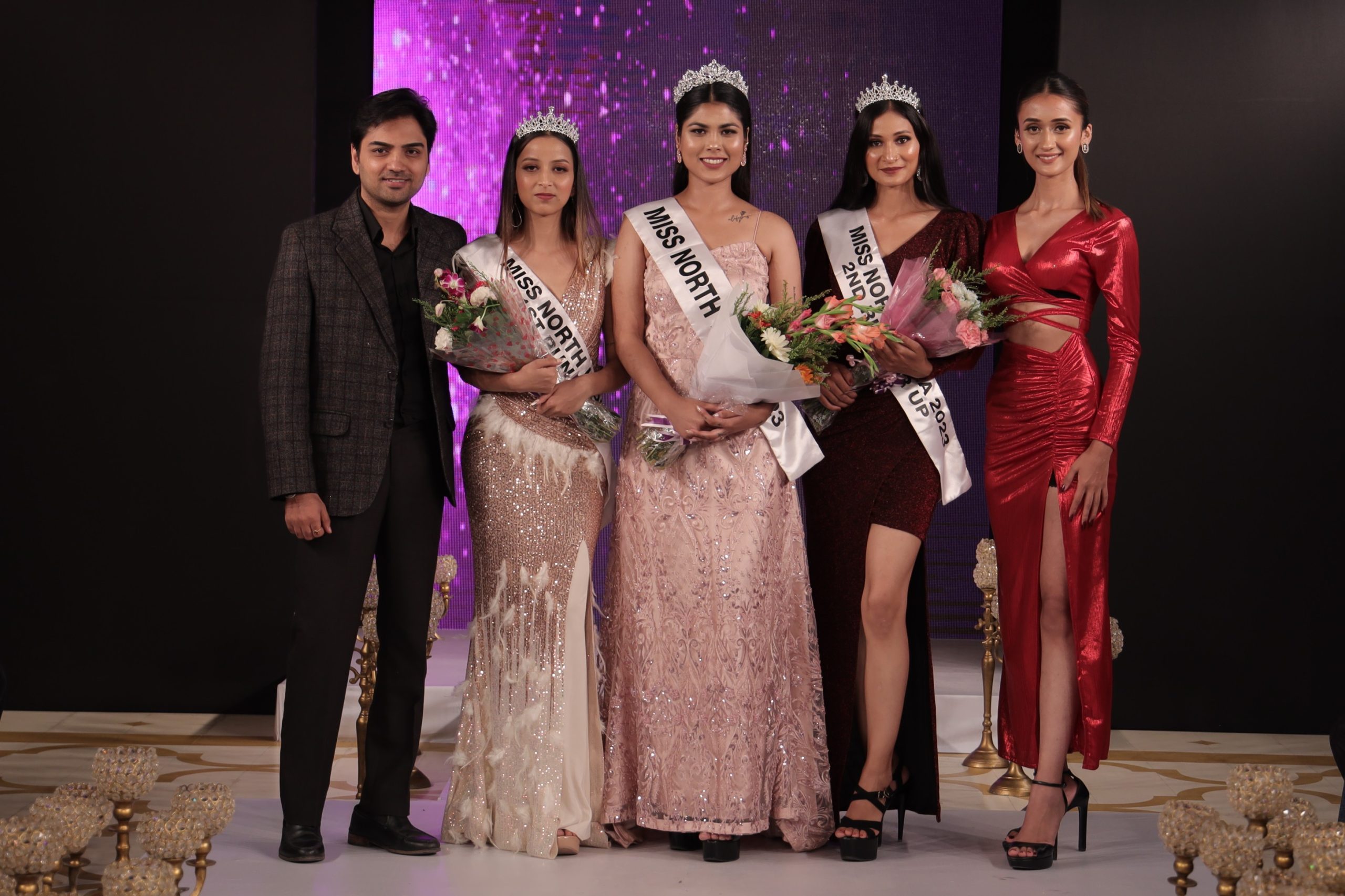
Henry Joseph
07.11.2023 at 12:51 pm
Barack Obama’s bomber jacket style is effortlessly cool and reflects his casual yet charismatic demeanor. Whether he’s rocking a leather bomber jacket or a more relaxed, military-inspired version, it’s clear that his fashion choices exude confidence and authenticity. It’s great to see a former president embrace a style that’s both timeless and contemporary, just like his legacy in American politics. 🇺🇸👌 #ObamaStyle